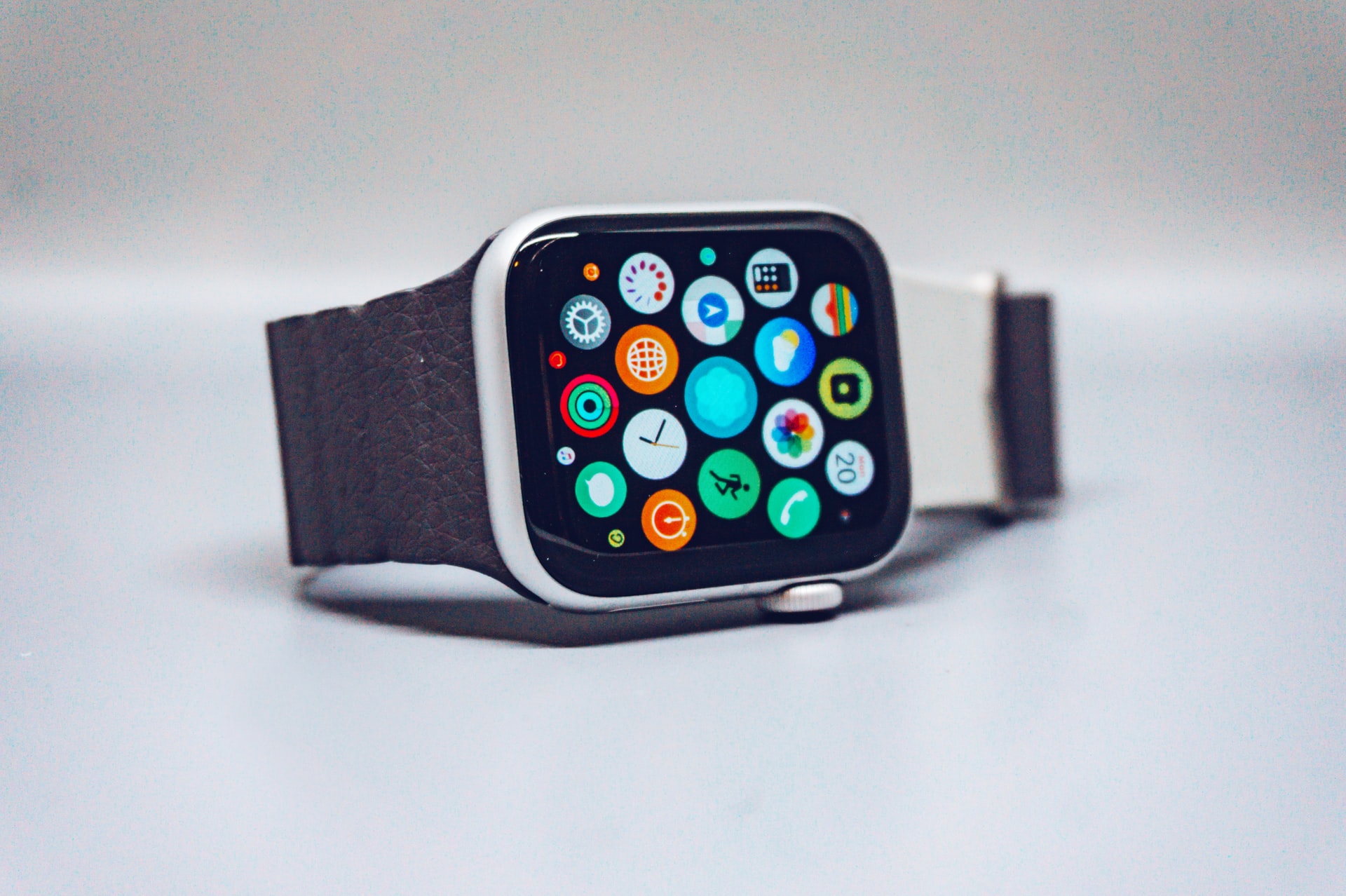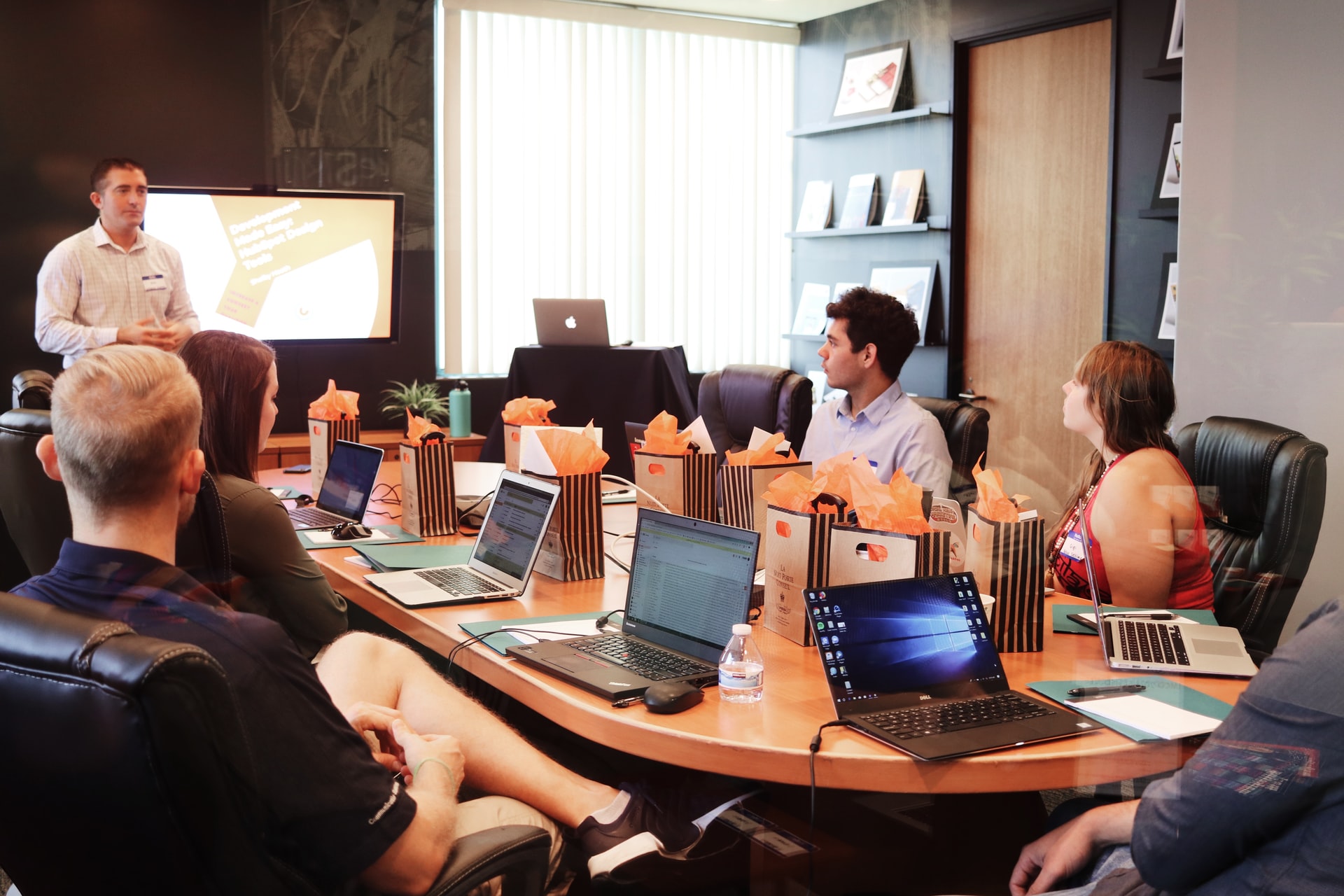A few years ago, we could have only dreamed of having all of our devices connected to the Internet, collecting our data, and making our lives significantly more straightforward. Now, we have almost anything we’d like to be a part of the Internet of Things (IoT), from our refrigerators and our vacuum cleaners to deodorants and salt shakers. But let’s start from the beginning. What is IoT, and what is the idea behind it?
The idea behind the Internet of Things is that your devices with digital intelligence can communicate with each other by sharing and receiving real-time data without the involvement of a human being. This technology merges the digital and physical world and allows us to become more intelligent, responsive, and aware without investing additional effort from our end.
So, now that the IoT has been around for a while, what can we expect from it? In which ways will it change our lives? In this article, we’ll look at the potential of this impressive technology and what we can expect from it in the future.
IoT Examples

Any physical object can be transformed into an IoT device if it can be connected to the Internet to receive or share information. Think of the Internet of Things as a technology that can switch on even a lightbulb in your home by using your smartphone, connected with other smart devices in your home.
An IoT device can be anything, from a fluffy child’s toy to your TV, refrigerator, security cameras, and so on. Today, you can expect most larger objects, especially technological ones, to be filled with IoT components making it easier to connect them with your smartphone. An advanced example of IoT would be smart cities serving regions with sensors to improve how we interact with the environment.
When talking about IoT devices, it’s also vital to clarify what an IoT device is. Contrary to popular belief, a PC or a smartphone usually aren’t considered an IoT device. This term is used for devices that generally wouldn’t have an Internet connection or communicate with the network without involving the human. That’s why, for instance, products such as a fitness band or a smartwatch can be considered IoT devices.
Smart City

If you were wondering what the smart city means, the best way to explain it would be by saying it is an intelligent network of connected objects and machines that transmit data via wireless technology and the cloud. These IoT apps receive, analyze and manage data in real-time to assist municipalities and their citizens in making enhanced decisions to improve life quality.
This way, citizens are engaging with smart city systems in numerous ways by using their smartphones, cars, homes, and other devices. Not only does this technology cut costs significantly and improve sustainability, but it also improves energy distribution, streamlines trash collection, and decreases traffic congestion.
For example, connected traffic lights will receive data from sensors and cars, adjust the soft cadence and timing to respond to the traffic in real-time. This reduces road congestions a lot. Cars connected can even communicate with parking meters and electric vehicle charging docks which then provide the driver with the information on the nearest spot available.
Furthermore, intelligent garbage cans can send data automatically to waste management companies to schedule pick up instead of working on a pre-planned schedule. When talking about documentation, a smartphone can even become a citizen’s driver’s license with digital credentials. Overall, smart cities are predicted to optimize infrastructure, public services, mobilities, and also utilities.
Benefits of Using IoT

As much as the number of benefits of the IoT depends on how it was implemented, both agility and efficiency are always notable in each example. The idea for IoT and businesses is to have access to more data on products and internal systems and a better opportunity to make changes based on it.
All these companies are adding sensors to specific components of their products to transmit data back and analyze how they are performing. This helps businesses spot when a product component is about to fail, and they have enough time to swap it before it’s too late. Another possibility for companies is to use the data generated by mentioned sensors to make their systems and supply chains more successful, as IoT will provide them with more accurate data.
In general, IoT in the business world can be divided into industry-specific offerings such as sensors in a generating plant and IoT devices to be used in all industries, such as security systems or intelligent air conditioning.
IoT Consulting

Understanding the potential of the Internet of Things, it’s inevitable for most companies to explore all the benefits this technology can provide for their business. That’s why many companies are seeking IoT consulting to get the needed help to understand this technology and get a roadmap to reduce their costs, optimize their processes and enhance their products and services.
Many IoT consulting companies propose development services to create IoT solutions. Common IoT consulting services include identifying potential use cases, IoT strategy development, research & development and prototyping, and hardware and software vendor recommendations.
The selection of the IoT consulting company will significantly depend on the nature of your business, your needs, and your objectives. Some of the most prominent enterprises are already enjoying the maximum of the IoT technology, while others are only implementing it in specific components of their products or services.
From a customer’s perspective, IoT improves their quality of life, and therefore, they are looking to make their purchasing decisions based on the IoT factor. Ignoring its potential would mean missing the customers’ needs, which is never a good idea for a business. Keep in mind that implementing IoT in your business doesn’t only serve you internally but also externally.